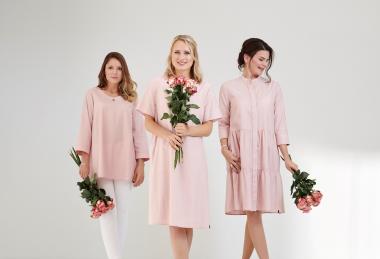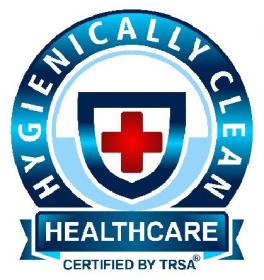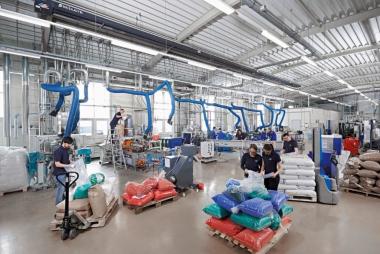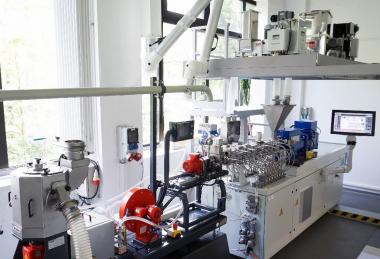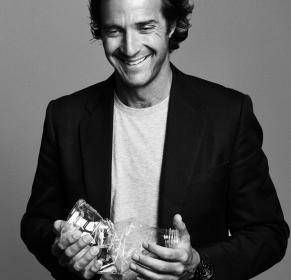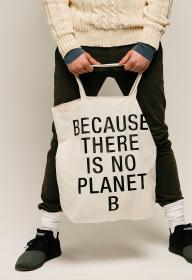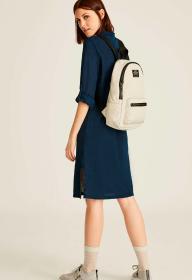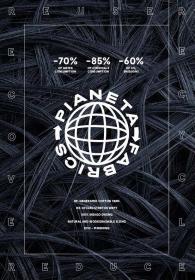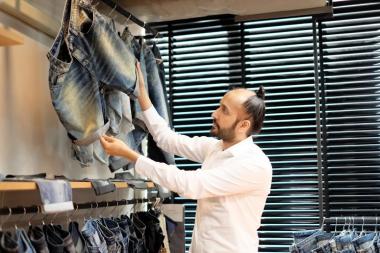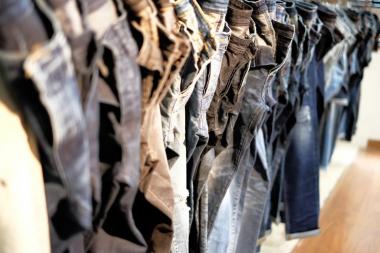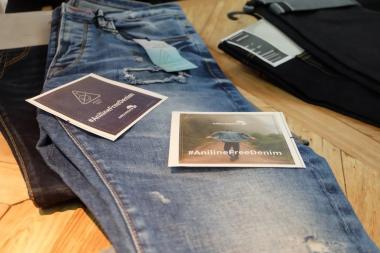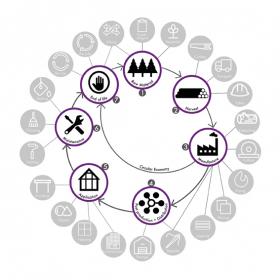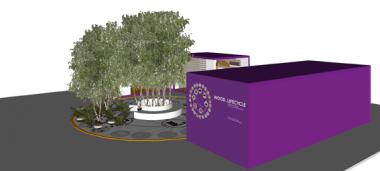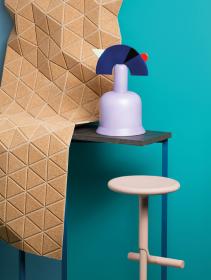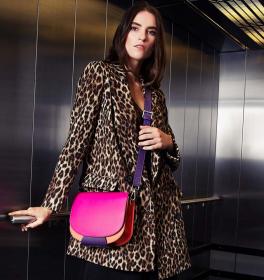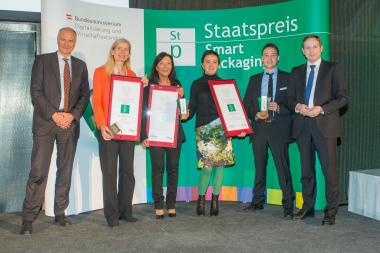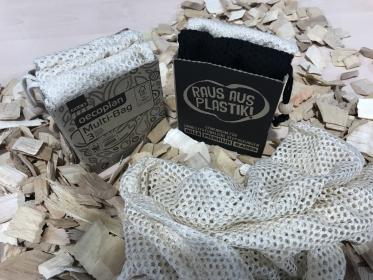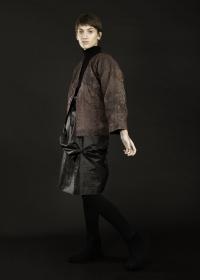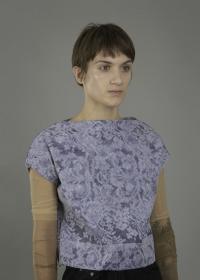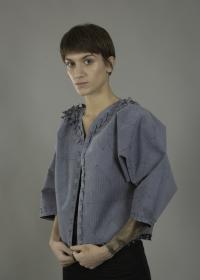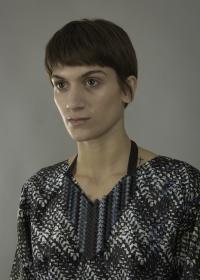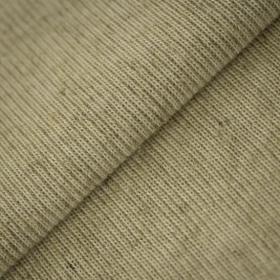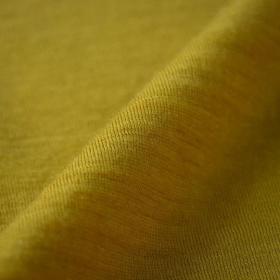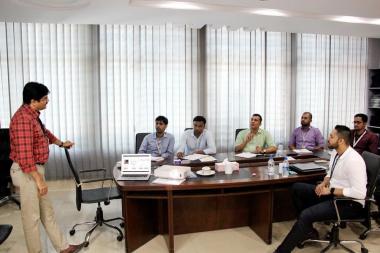Outdoor-Kleidung: bei Kauf auf fluorfreie Beschichtungen achten
- Fluorkohlenstoffverbindungen gefährden Umwelt und Gesundheit – Forderung nach transparenten Lieferketten
Gut gerüstet gegen Regen, Wind und Schnee? Für Aktivitäten an der frischen Luft wird zunehmend Funktionskleidung gekauft. Atmungsaktiv, wasserdicht, öl- und schmutzabweisend soll sie sein: Eigenschaften, für die Chemikalien eingesetzt werden. Doch wie gefährlich das Herstellen der Beschichtungen für Gesundheit und Umwelt ist, war bisher nicht ausreichend erforscht. In einem von der Deutschen Bundesstiftung Umwelt (DBU) fachlich und finanziell mit knapp 290.000 Euro geförderten Projekt wurden ausgewählte fluorkohlenstoffhaltige Chemikalien sowie fluorfreie Alternativen ökotoxikologisch untersucht. Fazit: „Auf ölabweisende Beschichtungen sollte im alltäglichen Gebrauch besser verzichtet werden“, fasst Alexander Bonde, DBU-Generalsekretär, zusammen. Projektergebnisse und Abschlussveranstaltung mit Vertretern von Hochschulen, Umweltbundesamt und Outdoorunternehmen ergaben, dass der Nutzen das hohe Gesundheits- und Umweltrisiko bei der Herstellung nicht rechtfertigen würde. Verbraucher sollten auf hochwertige im Markt erhältliche Alternativen achten.
Für risikoarme Herstellung hoher Standard erforderlich
„Das Herstellen des Materials ist häufig eine erhebliche Gefahr für Mensch und Umwelt, wenn keine hohen Standards in der Arbeitssicherheit, gut ausgerüstete Produktionsstätten, kein geschultes Personal und kein gutes Abfall- und Abwassermanagement damit einhergehen“, sagt Projektleiter Prof. Dr. Stefan Stolte von der Technischen Universität Dresden, Institut für Wasserchemie. Bei vielen Produktionsstätten beispielsweise in Asien sei dies derzeit jedoch der Fall. „Im Labor haben wir unter kontrollierten Bedingungen nachgewiesen, dass krebserregende, giftige oder gesundheitsschädliche Verbindungen zur Herstellung der Textilien verwendet werden“, so Stolte. Ohne kontrollierte Umweltstandards bei der Produktion würden die Chemikalien über das Abwasser ungehindert in die Gewässer gelangen. „Die Nutzung problematischer Chemikalien bei der Produktion bedeutet aber nicht, dass diese auch in den Textilien zu finden sind“ stellt Stolte heraus.
Umwelt- und Gesundheitsgefahren durch Fluorkohlenstoffverbindungen
Dr. Max Hempel, DBU-Fachreferent für Umweltchemie: „Vor allem PFC, also per- und polyfluorierte Chemikalien, bleiben sehr lange in der Umwelt, reichern sich in Organismen an, sind gesundheitsgefährdend und können die Fortpflanzung beeinträchtigen.“ Langkettige PFC mit mehr als acht Kohlenstoffatomen seien 2016 deshalb von der Europäischen Union (EU) als Substanzen mit besonders Besorgnis erregenden Eigenschaften eingestuft und für viele Anwendungen verboten worden. „Bisher wurden kurzkettige PFC als Alternativen für die langkettigen angesehen“, erläutert der Projektleiter, der zu Projektbeginn an der Universität Bremen, Zentrum für Umweltforschung und nachhaltige Technologien, lehrte. „Hierfür fehlte den Unternehmen allerdings die chemische und ökotoxikologische Expertise.“ Im jetzt abgeschlossenen Projekt seien Wissenslücken geschlossen worden.
Im Alltag reichen atmungsaktive und wasserabweisende Funktionen
Dr. Jürgen Arning vom Umweltbundesamt in Dessau, das das Projekt begleitet hat: „Die Nutzung von kurzkettigen PFC birgt neue Gefahren, weil diese viel mobiler in der Umwelt sind.“ Solange es keine Alternative zu den Chemikalien gebe, sollte die Nutzung auf das unbedingt erforderliche Maß reduziert werden. „Bei persönlicher Schutzkleidung wie im Krankenhaus oder bei der Feuerwehr macht der Einsatz von öl- und schmutzabweisenden Materialien Sinn“, so der Wissenschaftler. Aber im normalen Alltag und bei der Freizeitgestaltung würden atmungsaktive und wasserabweisende Funktionen reichen, die auch ohne fluorhaltige Chemikalien erzielt werden könnten und im Markt auch angeboten würden. Der Bundesverband der Deutschen Sportartikel-Industrie (BSI, Bonn), Kooperationspartner des Projekts, und viele mittelständische Outdoor-Unternehmen seien aufgrund der Umwelt- und Gesundheitsgefahren bestrebt, alternative Textilveredelungschemikalien mit vergleichbarer Funktionalität zu ermitteln. Die Forscher hatten kurzkettige PFC, die auch öl- und schmutzabweisend sind, sowie PFC-freie Substanzen, die nur wasserabweisende Eigenschaften haben, untersucht. Beides wird derzeit von Outdoor-Herstellern für die Beschichtung von beispielsweise Jacken, Hosen und Zelten eingesetzt.
Gesetzliche Standards kontrollieren und Lieferketten transparent machen
„Die Outdoorbranche lebt davon, dass Freizeitaktivitäten als gesundheitsförderlich empfunden werden. Das Bewusstsein für Umwelt und Gesundheit ist bei vielen dieser Unternehmen ausgeprägter als in anderen Branchen“, so Hempel. Kunden könnten und sollten beim Kauf von Outdoortextilien auf die Inhaltsstoffe achten oder im Geschäft nachfragen. Kritisch sehen die Projektbeteiligten derzeit allerdings die Deklaration der Inhaltsstoffe. Hempel: „In den untersuchten Proben wurden Gefahrstoffe nachgewiesen, die teilweise nicht im Sicherheitsdatenblatt der Hersteller aufgeführt wurden.“ Gesetzliche Standards gebe es bereits, doch die Kontrolle müsse noch verbessert werden. Für transparente Lieferketten müsse ebenso gesorgt werden.
Den Abschlussbericht finden Sie hier zum Download.












